'I started losing my hair at 13 - I didn't want to get out of bed'
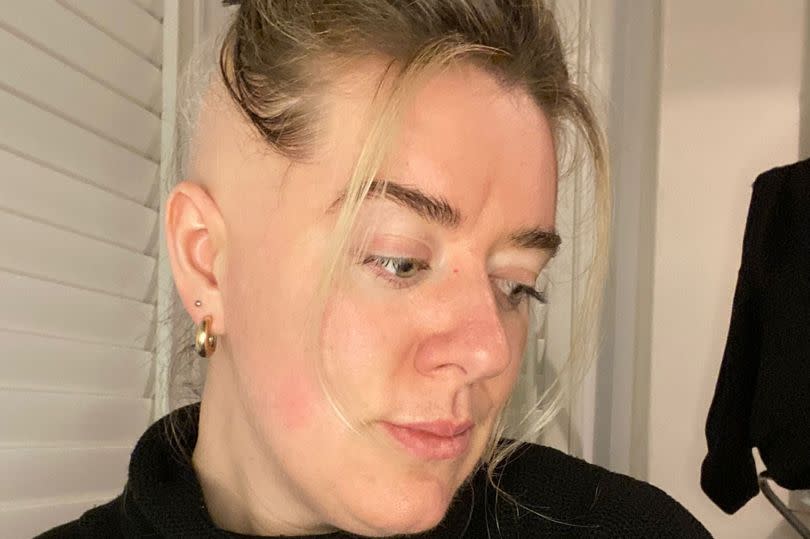
A woman who began experiencing hair loss at the age of 13 has spoken about the "shame" she felt after being diagnosed with alopecia. Nicole Thomas, 27, who lives in Cardiff but is originally from Anglesey, said that she would hide in her bedroom and would rarely discuss the condition with her loved ones after she began losing her hair as a teenager.
After experiencing both hair growth and loss over the space of a decade, Nicole began losing her hair at a greater and faster rate in late 2022. But rather than hiding from her previous fears of living with alopecia, Nicole has decided to speak openly about the condition through her TikTok platform.
Some of her video clips, titled 'The Balding Diaries', have garnered hundreds of responses and reactions - one of which has been viewed over 228,000 times. According to Nicole, the experience has taught her the importance of speaking up, not just for herself but those who might be going through the same thing.
READ MORE: The 'beacon of light' that helped family through their 'darkest days'
LATEST: 'I was in pain for months and doctors couldn't figure out what was wrong'
Speaking to WalesOnline, Nicole explained that she had begun experiencing hair loss at the age of 13. She recalled: "I went to a hairdresser's appointment. At the time, I had all my hair in a bob, so it was quite short. My hairdresser told me 'I can’t cut your hair any shorter because there’s a tiny bald patch at the back of your head'.
"It was tiny, the size of a 5p coin. The hairdresser recommended that I go and see a GP to see what was going on. She told me it might be something with my hormones, at 13 your body changes. So I went to my GP and it snowballed from there."
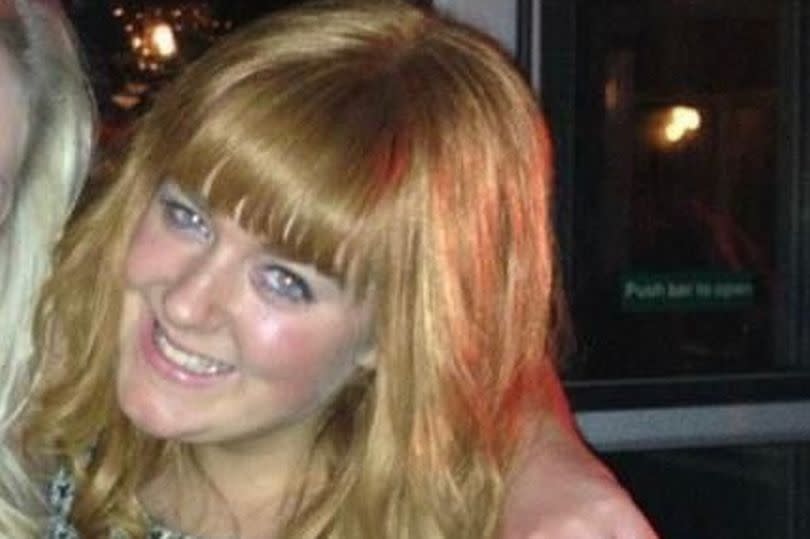
Nicole was diagnosed with alopecia areata, which is an autoimmune condition that causes patchy hair loss rather than total hair loss. For the next year and a half, Nicole underwent various treatments to try and prevent it. "Nothing seemed to work," she said. "My hair just fell out at a greater rate".
But the condition also had an impact on Nicole's mental health, as she explained: "At the age of 13, you are starting your GCSEs, your friends are the most important things, image is also important. But then this was going on and the lack of understanding around hair loss within my age cohort made it difficult."
She added: "I was not open about it at all. I was so ashamed, I couldn't even speak about it to my mum and dad, my friends or anyone else. Looking back, I think it probably hindered my experience. I felt like I was not able to speak about it, I didn't want to talk about it, didn't want to accept it, at times I didn't even want to acknowledge that something was happening.
"It was so traumatic that I just wanted to pretend it wasn’t happening. I would hide away rather than just face it. As a result, it massively impacted my time at school. In the morning, I didn’t want to get out of bed or get dressed and go to school.
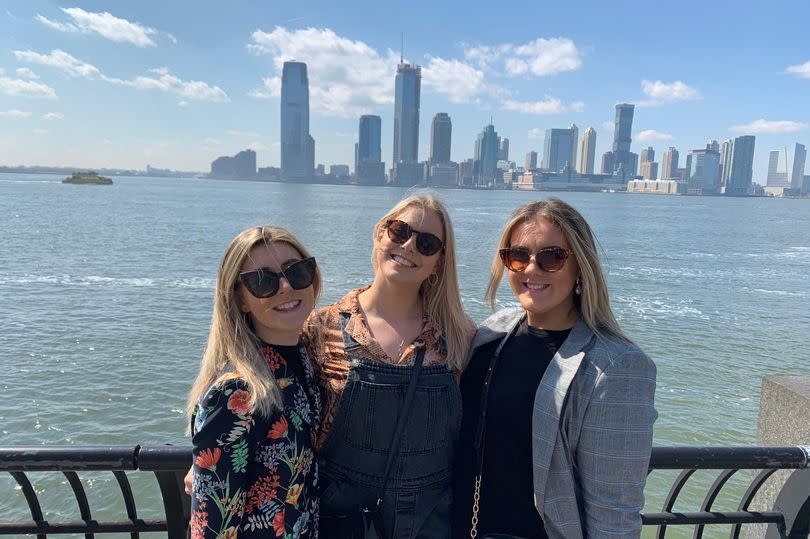
"I couldn’t face the prospect of people staring or whispering. It massively affected my schooling and I became unwell mentally. I basically taught myself my GCSEs. It was a crazy, horrible time, but mostly a sad time. Those teenage years are meant to be fun and care-free, but I did not have that experience".
At one point, Nicole had experienced almost 70% hair loss and she began wearing a wig. She continued with various treatments, including Diphencyprone (DPC) which is a liquid chemical that can be used to stimulate hair growth in alopecia areata. For the latest health sign up to our newsletter here.
The chemical is painted on the scalp and is used as a contact allergen, which means it works by causing an allergic reaction where it touches the skin. It is believed that in the process it can redirect the autoimmune attacks on the hair follicle in alopecia and results in hair growth.
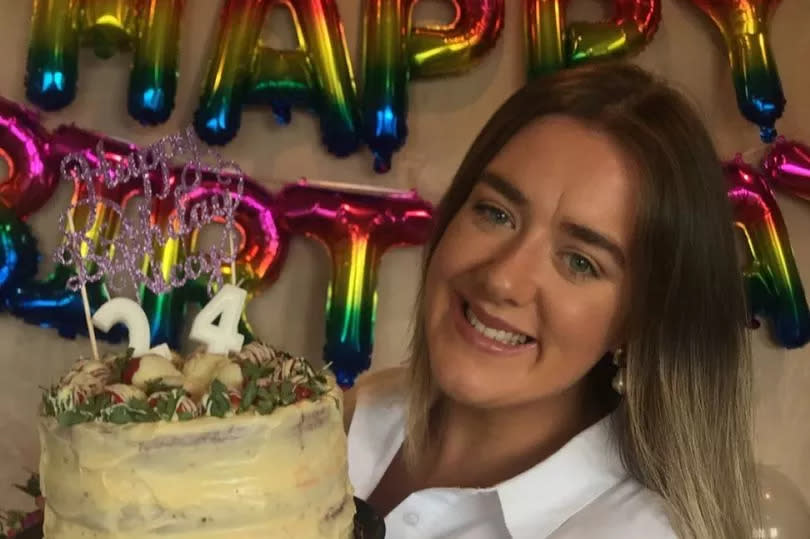
"At that time, I would have done anything to get my hair back and at whatever cost," Nicole explained. "Whether that meant the actual cost or the mental cost." She added: "On my lunch breaks at school, my dad would pick me up on a Wednesday and I would spend my lunch hour at the hospital.
"My dad would then take me back to school. The chemical would trigger an immune response and it would basically try to distract my immune system from attacking my hair follicle. But it would also give me flu-like symptoms, so each week I would feel like I would have the flu for 48 hours, which was not ideal.
"No-one wants to feel like that every week. That was quite gruelling and I did that for about two years from when I was 14 to 15 years old and during my GCSE years. It did bring back some hair and it did make my bald patches much smaller.
"The treatment shrunk the patches to the extent where I could have steroids injections on the scalp. I did that for maybe a good year or two, and then by the time I got into sixth form, I could stop wearing a wig and that was a really nice feeling.
"My hair had come back to the point where I could conceal the patches. It felt so good, but it was also scary at the same time. You were going out with a certain image for such a long time and now you were going out noticeably different, but I still didn’t want to discuss it at the time. It was intense but it allowed me to get an element of freedom back and enjoy my sixth form in school and then into my university years."
Nicole said for the eight years that followed she experienced very little hair loss until 18 months ago. "There wasn't really a moment over the past 18 months where I thought: 'This is it'. However, I had been able to hide it until February of this year.
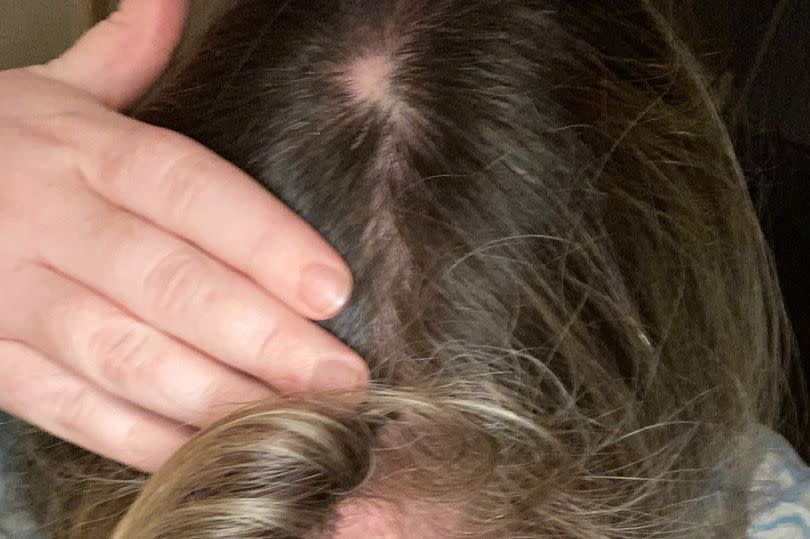
"A lot of my hair was falling from the back or the sides. Even though I had fine hair, I had a lot of it to be able to hide it. The only way it would be exposed was if there was a big gust of wind. But in February, I found a bald patch right at the crown of my head.
"I was sat on the sofa with my boyfriend and watching the Six Nations. I ran my fingers through my hair and I felt the exposed skin. It was tiny but I knew exactly what it was before I looked in the mirror. I looked and I knew that was it then, it wasn't going to get better and I knew I would have to accept the fact that I wouldn't be able to hide it.
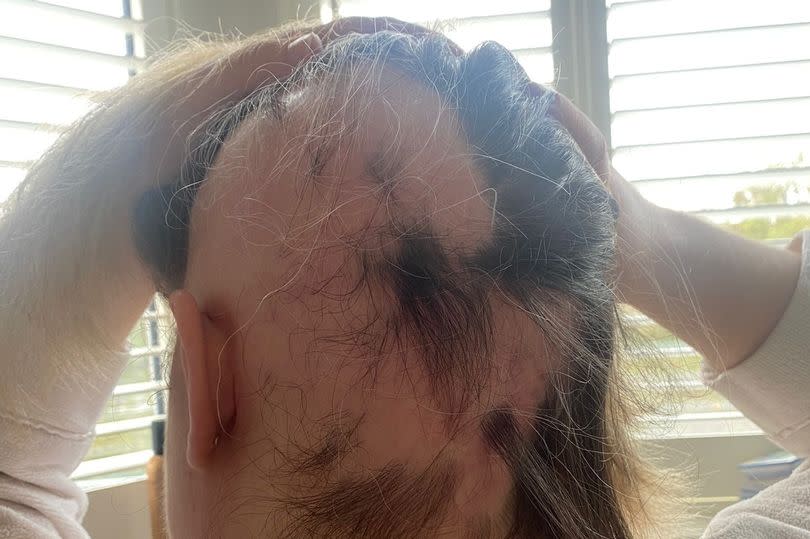
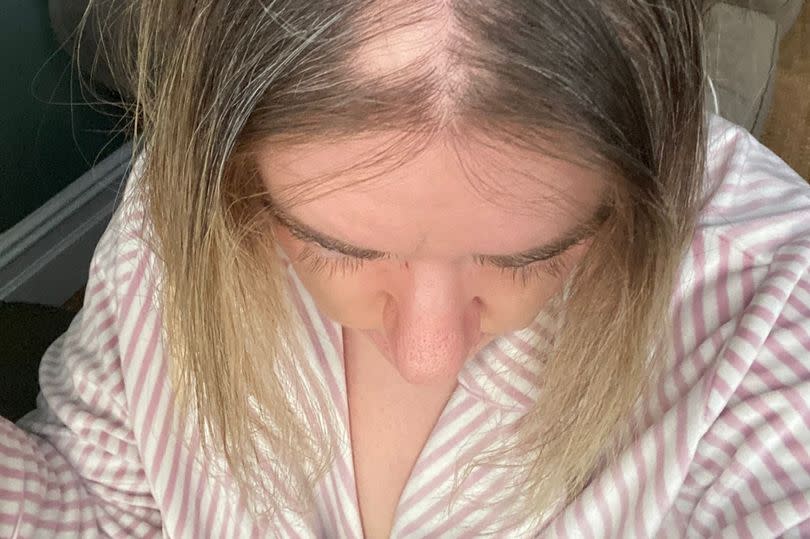
"The initial shock was the same as when I found out all those years back. It was quite scary the way it made me feel, it felt like it was teleporting me back to when I was 13 - that initial panic in your chest and thinking: 'This is happening'.
"But, it felt different this time in the sense that I have responsibility - I just can’t hide away. I have a job, I have a partner, I have my family. I knew it was something I had to deal with, I had to face up to it, but I knew in order to do that it had to be different.
"Looking back, I knew that not talking about it and not being confident over what I was doing was what hindered me last time. I knew I had a choice to go back to being that person when I was 13 or alternatively, I face it, be open about it and have honest conversations about it."
And that's exactly what Nicole did, but she decided to take it a step further by launching 'The Balding Diaries'. The TikTok videos document Nicole's experience of living with alopecia, whether she's discussing how she's feeling or going wig shopping in London.
According to Nicole, showcasing her journey with the condition has given her a sense of "taking back control" over something she has lost, but it has also helped her form a community which she felt she didn't have almost 15 years ago. "It has opened up so many avenues of communication for me," she said
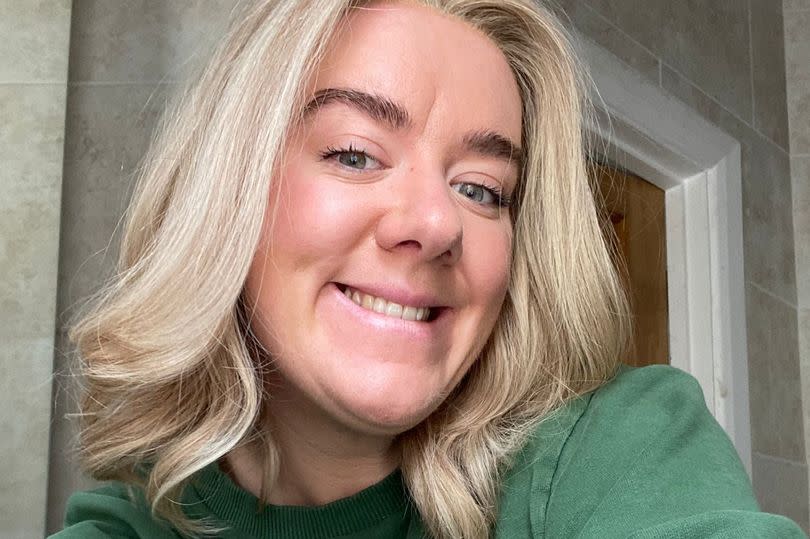
"Before TikTok, I had never spoken openly about my hair loss, let alone anyone else with alopecia, which was probably my own fault because I had never openly talked about it. It was so refreshing. I got so many comments and private messages on TikTok with people telling me they had identical hair loss to me, that it happened to them or a loved one. Everyone had a connection or a story to tell - you realise you are not alone, and although it is difficult, you realise there are people out there going through the same or similar thing."
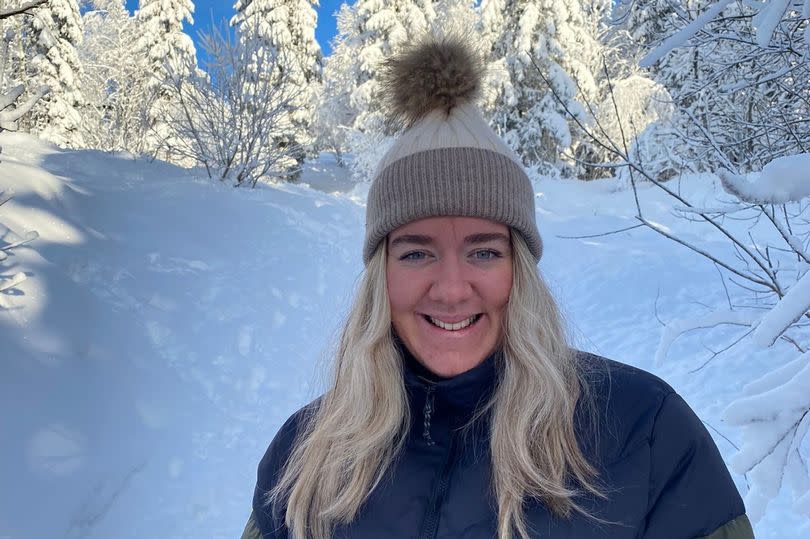
She added: "Not all my videos are focused on hair loss, and I wanted that to be intentional too. I want to show that even though you are experiencing hair loss, you can still talk about makeup, fashion, normal day-to-day life and so on. Hair loss is a part of my life, but it isn’t the main focus."
Nicole hopes that her videos can help us and open the conversation around hair loss. She said: "I hope people who are experiencing this can feel they can talk about it. It's difficult, especially when you are vulnerable, but have those conversations.
"Don't be afraid to go to your GP, discuss your options, don't be afraid to advocate for yourself. If you need mental support, don't be afraid to ask. If I were to have a conversation with my 13-year-old self I’d tell her to not hide in her bedroom, get out and talk about it. Don’t hide it."

 Yahoo News
Yahoo News 
